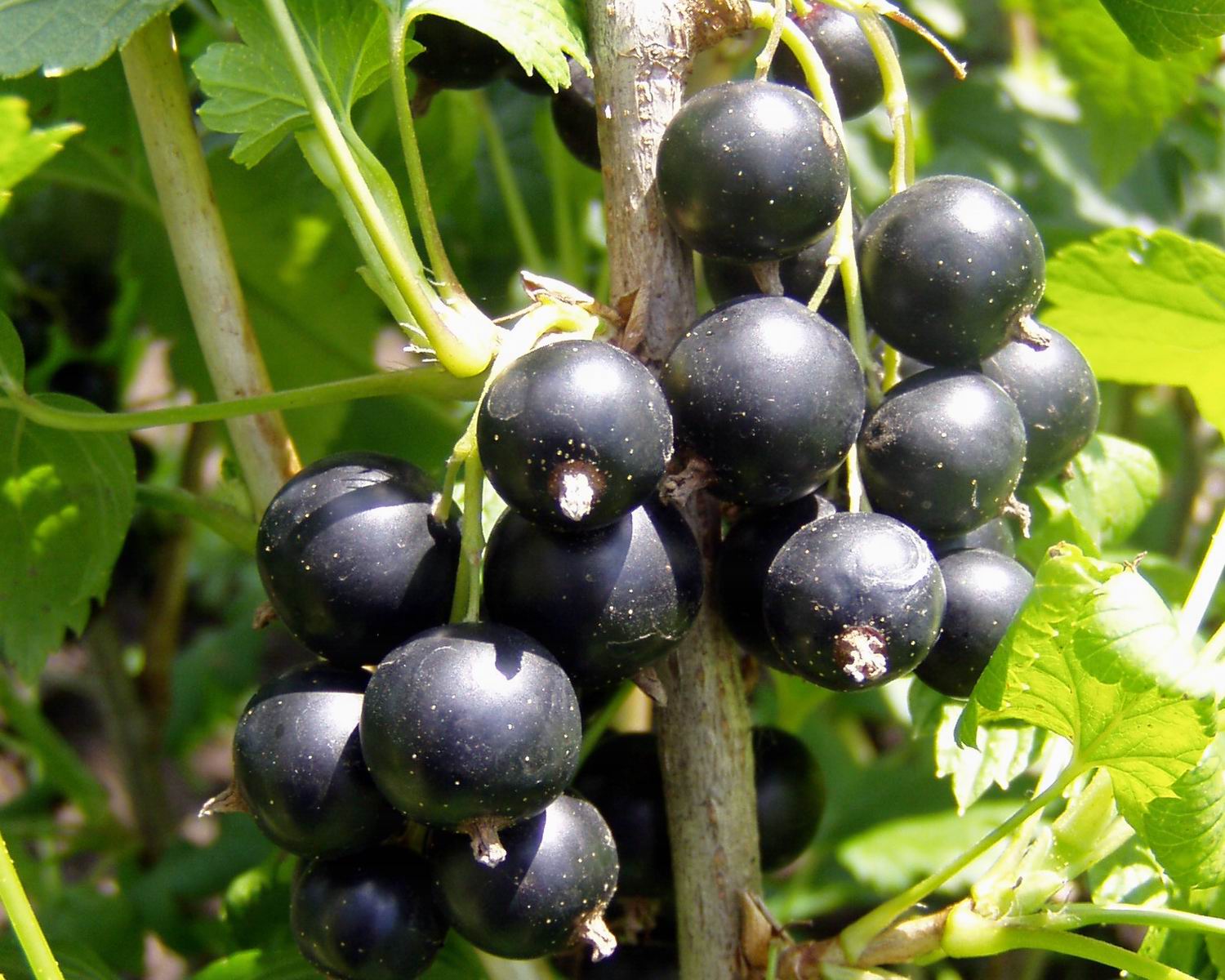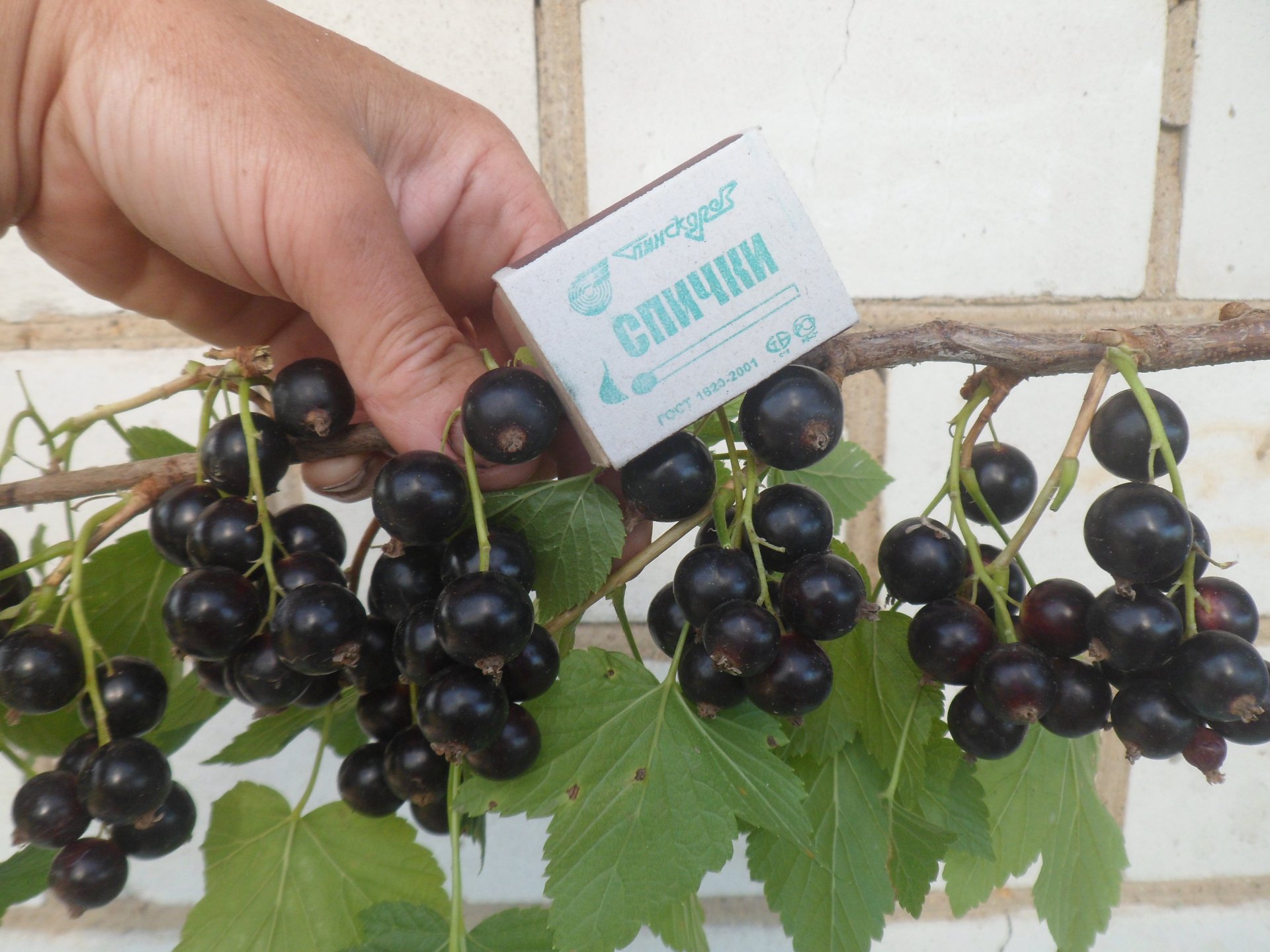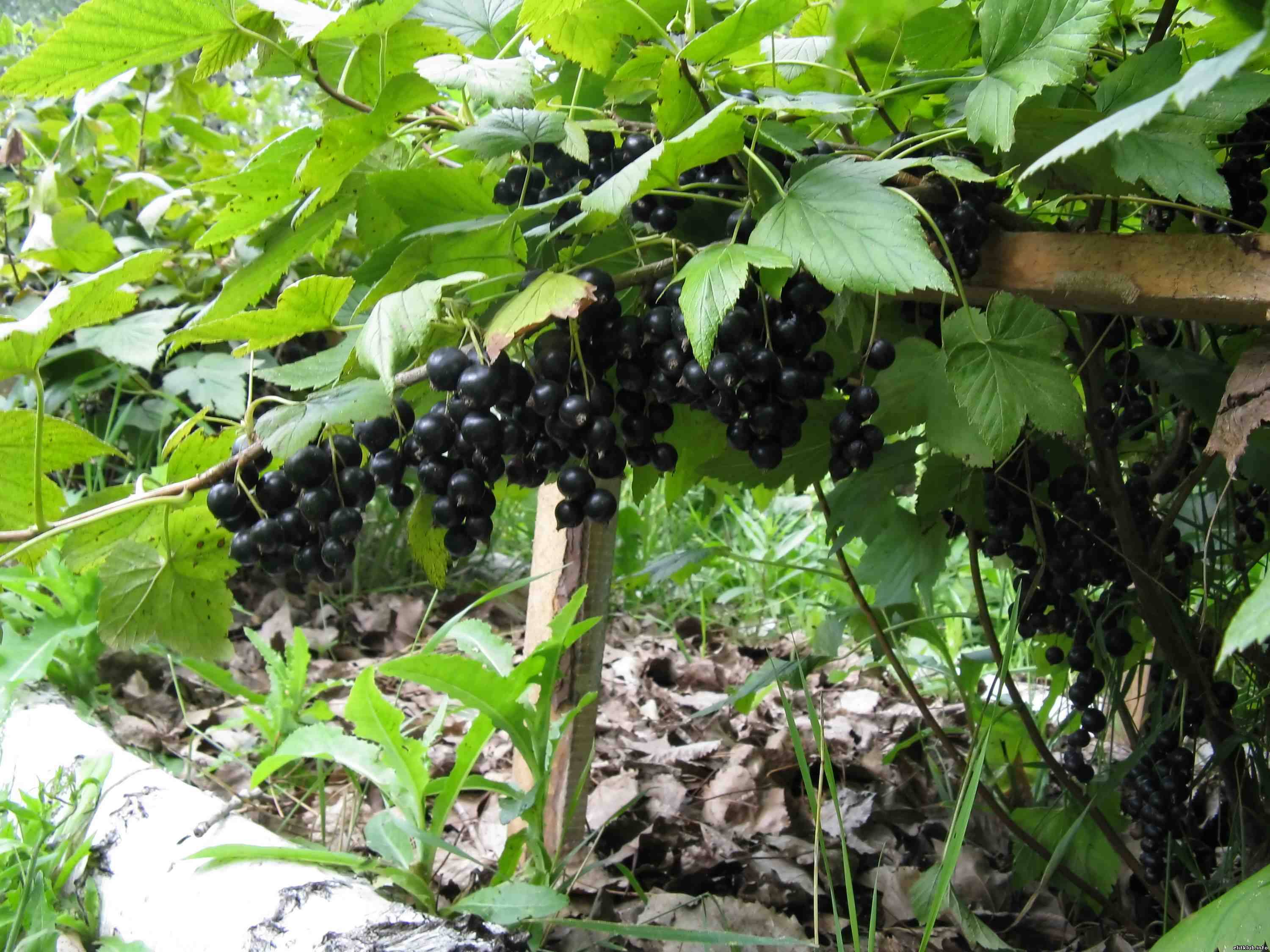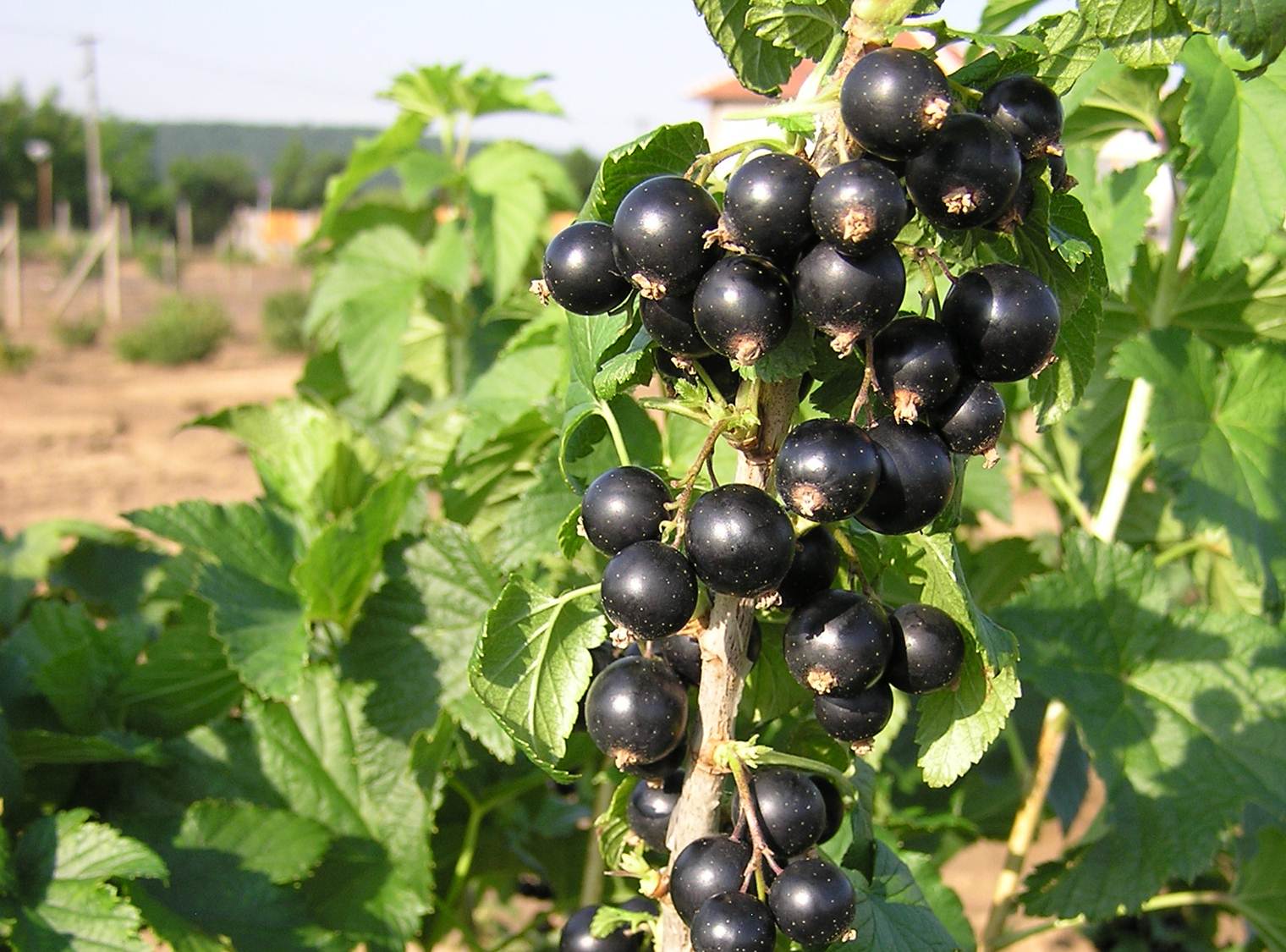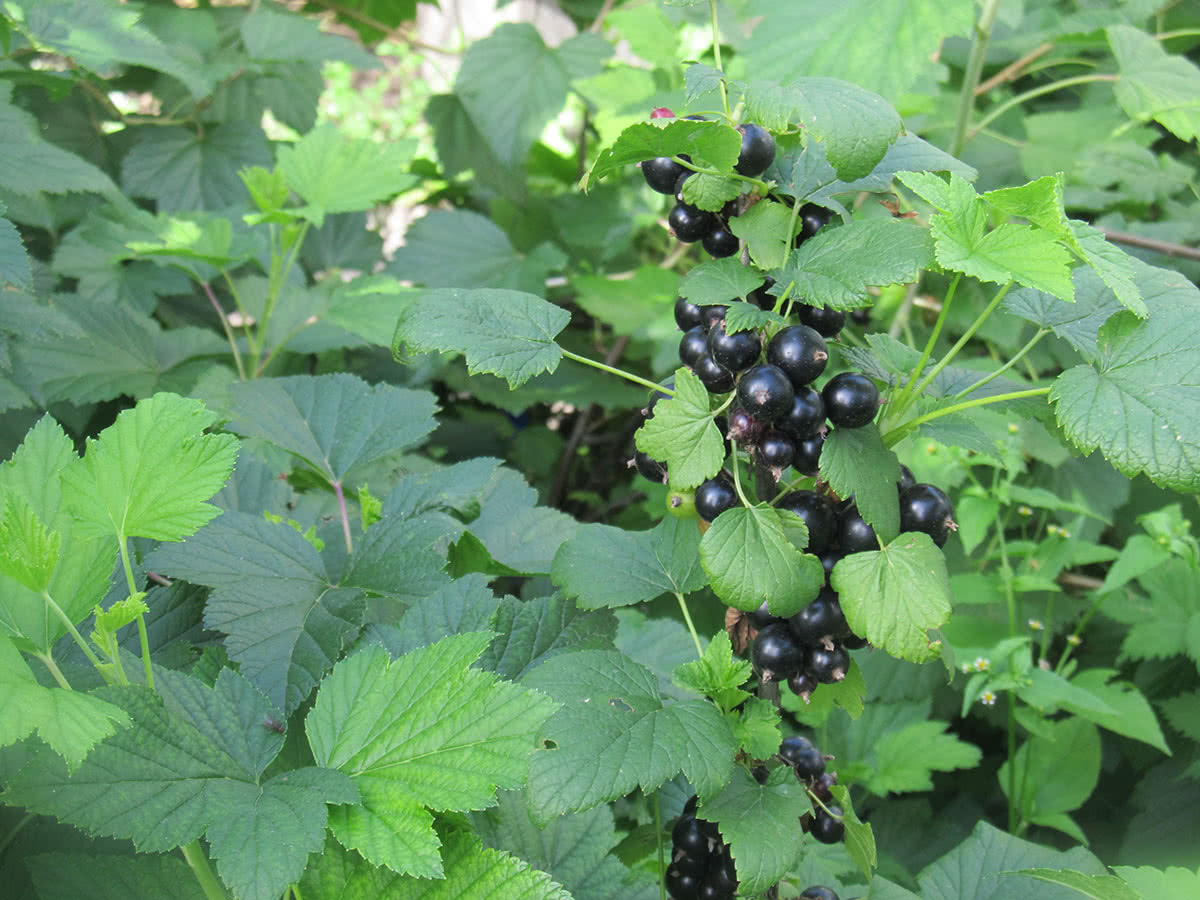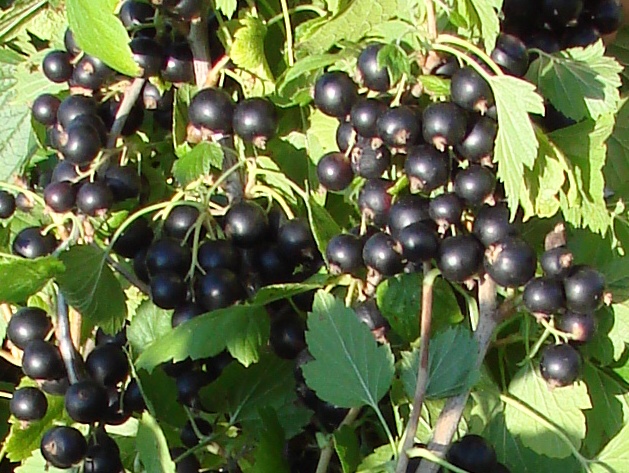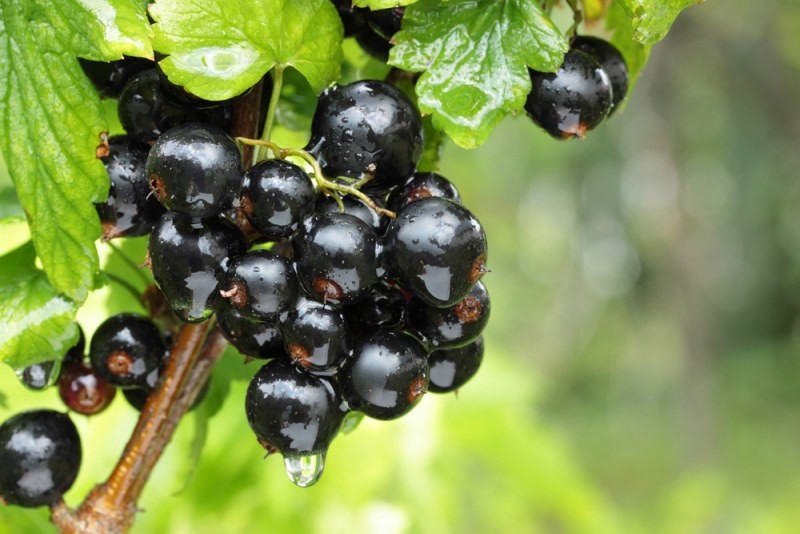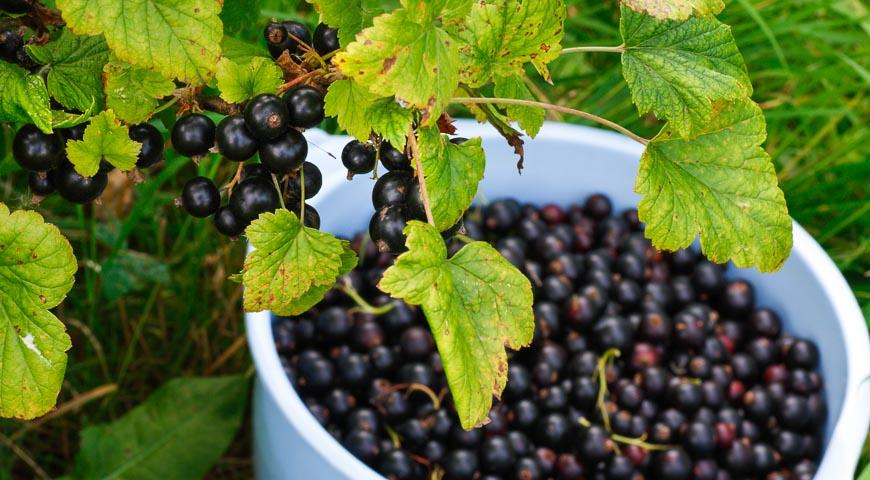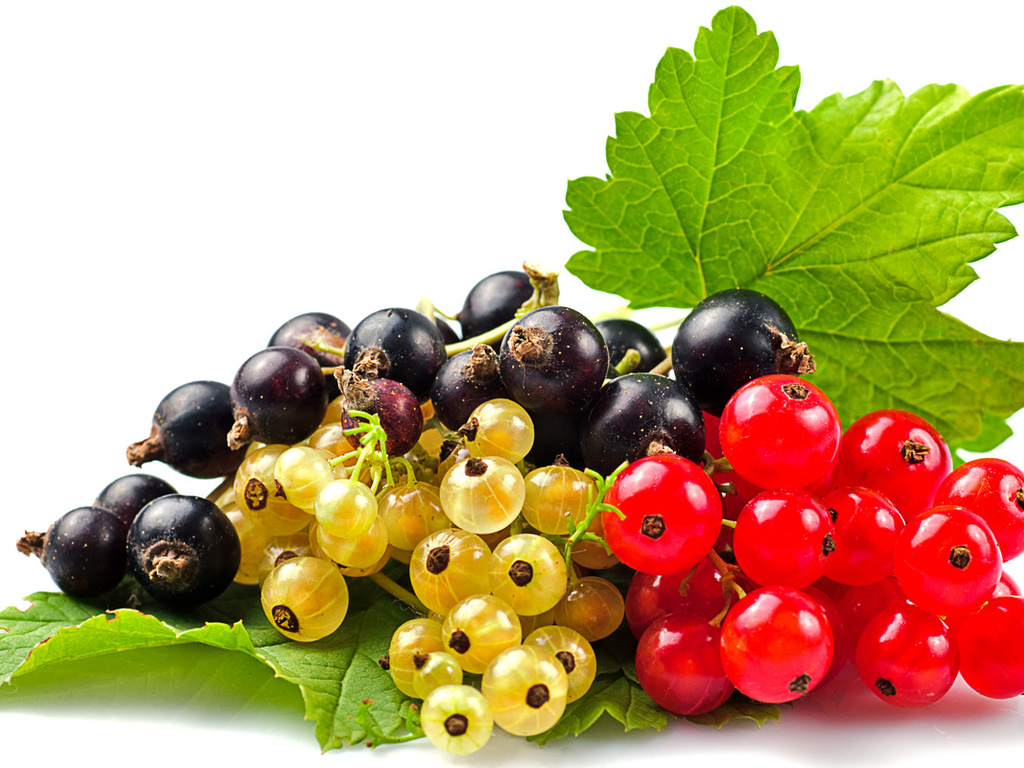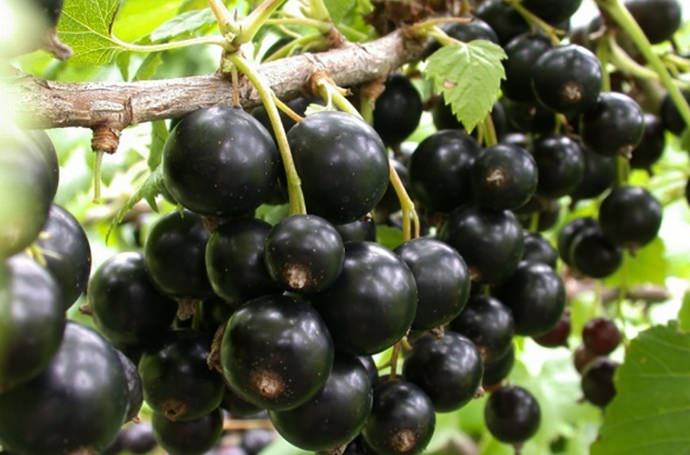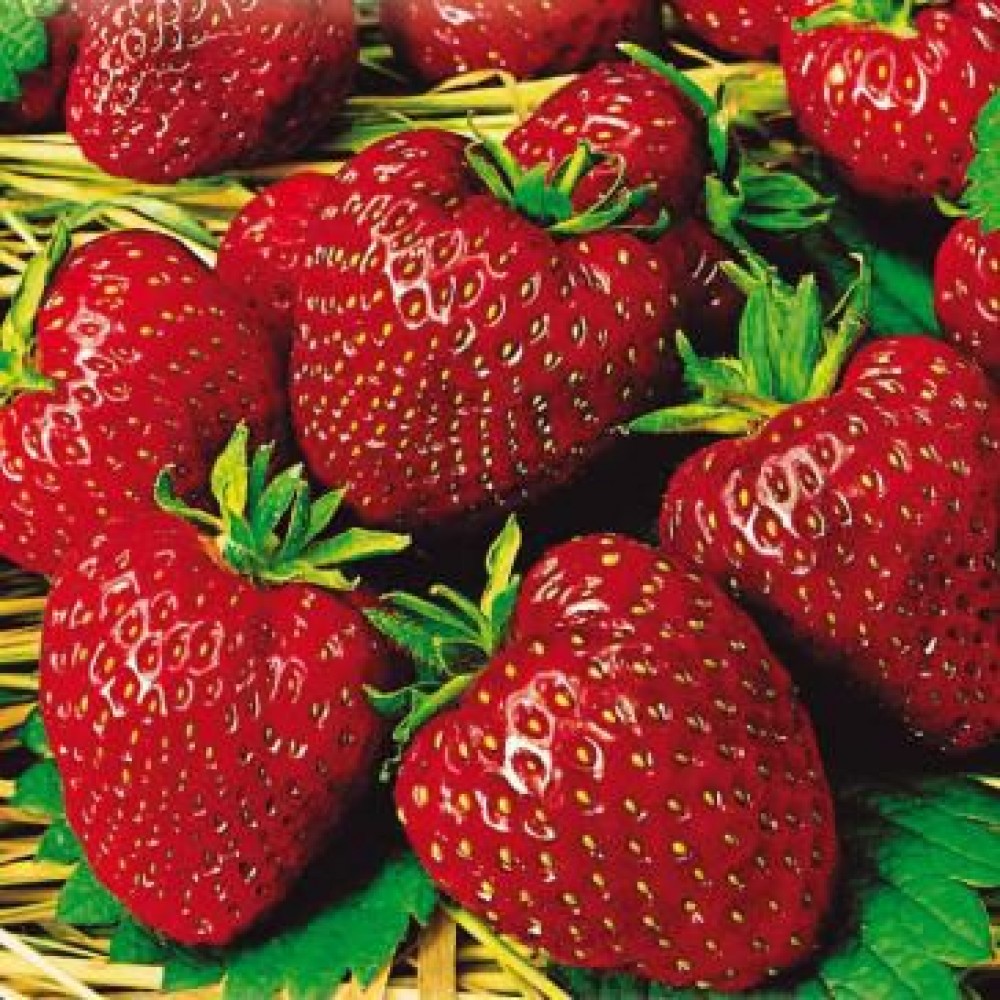Content:
Blackcurrant berries, which delight with the harvest in the summer season, are not only tasty, but also extremely useful for the body. They have been used for a long time both in cooking and in folk medicine. Breeders from year to year delight gardeners with new varieties with improved characteristics. The recently appeared blackcurrant Delicacy managed to gain popularity among summer residents not only due to its excellent taste, but also due to its increased frost resistance.
general information
Black currant is not only an exquisite delicacy, but also a medicinal plant. All terrestrial parts of the plant are recognized as curative. The berries contain a huge amount of vitamins and minerals necessary for the human body, in particular, vitamin C. Many culinary masterpieces are prepared from the fruits, jams and preserves are cooked, combined with other fruits and used to make desserts. The currant bush does not require special attention to itself and, even with minimal care, pleases with an excellent harvest.
The Delicates variety was bred by scientists of the Pavlovsk station of the N.I. Vavilov in 2000. In 2007 it took an honorable place in the State Register of Varieties and was recommended for cultivation not only in the middle lane, but also in the Far East and the north of the country. Perfectly adapted to the Russian climate.
Characteristics of the variety
Black currant of the Delikates variety belongs to the medium early species. Already in the middle of summer, you can harvest. On one brush, up to 10 berries are formed, each weighing about 1 gram. The characteristics of the variety indicate that with proper care, 12 kg of fruit can be harvested from one bush.
Currant leaves are large, dark green in color, shiny. The flowers are medium in size, shaped like a glass, pinkish-crimson in color. The variety is frost-resistant, self-fertile, but a pollinator is required to increase productivity. The delicacy has an increased resistance to diseases, but the resistance to kidney mites is average.
The bush does not need a garter, powerful shoots can withstand even strong gusts of wind. Black currant Delicacy, a detailed description of the variety of which suggests that the height of the plant does not exceed one and a half meters, it can be grown near the border or along the paths. Mandatory formative pruning is required twice a year. Fruiting occurs in the second year after planting.
Growing features
A variety of black currant Delicacy propagates by seedlings, which are obtained from cuttings or by branches. When buying planting material, be sure to pay attention to its quality. Healthy seedlings have white, well-branched roots. Before planting in the garden, they should be treated with a solution of potassium permanganate.
Currant Delicatessen, a detailed description of which suggests that this variety is unpretentious and not capricious, nevertheless prefers soil with low acidity for growing, not prone to moisture stagnation. The site must be well lit. Currants do not tolerate shade and partial shade, the berries immediately become shallow, and their color becomes brownish-red, but not black.
Delicacy currant is very moisture-loving, therefore, if the seedlings were planted in spring, with the onset of heat, the frequency of watering is increased. In the absence of rain for a long time, the plants are irrigated every other day. This can be done from a bucket or from a hose at the root. During the period of fruit ripening, watering is completely stopped.
The Delicacy variety requires mandatory feeding, which is carried out once a month. Potassium fertilizers, urea and superphosphate must be used. They have a beneficial effect on the formation and development of fruits.
It is necessary to regularly inspect the Delicacy currant bushes and observe the condition of the shoots and leaves. Pests and spots may periodically appear on them. When the first signs of ailments are detected, the affected parts of the plant are removed to prevent the spread of the disease, and the shrub itself is treated with a fungicide. As a prophylaxis, Delicacy currants are treated with folk remedies to repel pests (for example, tincture of garlic or onion).
Advantages and disadvantages
Currant of the Delikates variety has a number of advantages that distinguish it favorably over competitors. These include:
- excellent dessert taste of berries;
- fruits with dry separation;
- mid-early ripening;
- increased resistance to fungal diseases;
- high productivity;
- excellent frost resistance.
There were no significant shortcomings on which it would be worth focusing on the variety. It should only be noted that in order to obtain a consistently high yield, the presence of a pollinator variety is required. Otherwise, this figure falls. Many summer residents easily put up with this and plant several varieties of black currant on the site at once.
Gardeners are constantly looking for something new for themselves, each time putting forward increased demands on plants. Breeders work tirelessly to meet demand and develop new varieties with positive characteristics. The result of this work is the Delicacy blackcurrant variety, which in all respects meets the requirements of modern summer residents. With standard care, an excellent harvest of tasty and healthy berries is obtained, which are well stored and can tolerate transportation. They are used both fresh and prepared blanks, conservation.
